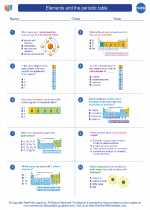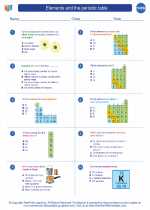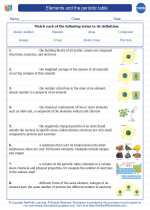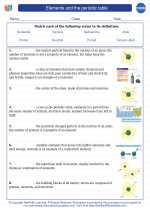NADPH: Nicotinamide Adenine Dinucleotide Phosphate
NADPH is a coenzyme that plays a crucial role in several biological processes, particularly in the transfer of electrons during biochemical reactions. It is a derivative of the coenzyme NADP+ (Nicotinamide Adenine Dinucleotide Phosphate), and it exists in two forms - NADPH and NADP+ - that are interconvertible through redox reactions.
Structure:
NADPH consists of two nucleotides joined through their phosphate groups. The first nucleotide contains an adenine base, a ribose sugar, and two phosphate groups. The second nucleotide contains a nicotinamide base, a ribose sugar, and a phosphate group. The nicotinamide ring is the site of redox reactions where NADPH can accept or donate electrons.
Function:
NADPH primarily functions as a reducing agent, providing the necessary electrons for anabolic reactions such as fatty acid and nucleic acid synthesis. It also serves as a cofactor for several enzymes involved in the biosynthesis of lipids and in the process of photosynthesis in plants, where it participates in the reduction of carbon dioxide to produce glucose.
Biological Importance:
NADPH is essential for the maintenance of cellular redox balance and is involved in protecting cells from oxidative damage. It is also crucial for the functioning of the pentose phosphate pathway, a metabolic pathway that generates NADPH and pentose sugars.
Study Guide:
- Understand the structure of NADPH and how it differs from NADP+.
- Learn the role of NADPH as a reducing agent in anabolic reactions.
- Explore the various biological processes in which NADPH is involved, such as lipid biosynthesis and the pentose phosphate pathway.
- Understand the significance of NADPH in maintaining cellular redox balance and its role in protecting against oxidative stress.
- Study the interconversion of NADPH and NADP+ through redox reactions.
- Learn about the importance of NADPH in photosynthesis and its role in carbon fixation.
Understanding the structure and function of NADPH is crucial for comprehending various metabolic processes and redox reactions occurring in living organisms.
.◂Chemistry Worksheets and Study Guides High School. Elements and the periodic table

 Worksheet/Answer key
Worksheet/Answer key
 Worksheet/Answer key
Worksheet/Answer key
 Vocabulary/Answer key
Vocabulary/Answer key
 Vocabulary/Answer key
Vocabulary/Answer key
 Vocabulary/Answer key
Vocabulary/Answer key
